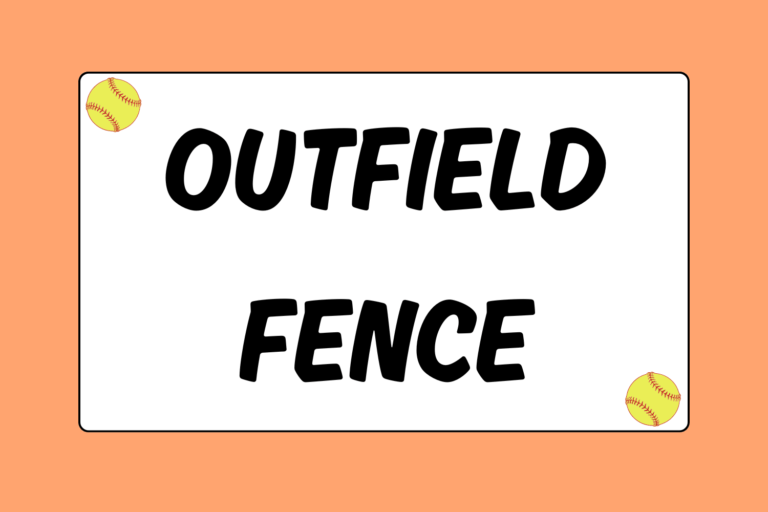Not everyone can execute a bunt. As easy as it may look, it actually takes a lot of hard work and plenty of skill. Standing in front of a machine while sticking your bat out and putting down 100 bunts will not make you a great bunter.
Sure, it may help you get comfortable with the concept of bunting, but it’s not going to challenge you because it’s not game-like. No pitcher is going to throw you a perfect strike with every pitch.
What you need are drills that require concentration and skill. This guide offers bunting drills that will push your bunting limits and test your skills.
Bucket o’ Balls
The purpose of this drill is to teach you how to soften your bunts. Place a large plastic bucket directly in front of home plate. A pitching machine or a live pitcher can pitch the balls. The goal is to soften every bunt so that it drops right into the bucket. Easy, right? Not exactly.
The batter needs to concentrate on absorbing the velocity from the pitch (by gently pulling her arms inwards to catch the pitch) in order to deaden it. Just remember, you need to be able to execute a soft bunt no matter how hard the pitcher is throwing.
Down the First & Third Baselines
This drill emphasizes bunt placement down the first and third baselines. Using a pitching machine or a live pitcher, the bunter’s duty is to place every bunt down into one of the lanes.
Switch back and forth between the third and first baselines. The key to this drill is the bat angle. You won’t make any progress if your bat is angled directly towards the pitcher.
Hot Tip: Work the Angles!
Your bottom hand (on the handle) controls the angle of your bat:
- To get the ball down the third base line, angle your bat towards third base. You can do this by pulling your bat handle inward towards your body.
- To get the ball down the first baseline, angle your bat by pushing the handle out away from you.
Make sure the angles are not too severe; a bunt down the baseline is great, but make sure you keep it fair!
Ring around the Plate
This drill helps batters visualize where their bunts should lay on the infield. Using a field is ideal for this drill (so you can see the line you draw in the dirt).
On a field, use your bat to draw a semicircle around home plate that extends about 10 feet away from the plate (if you are at a batting cage, envision this). You can bunt anywhere within the semicircle, but you cannot push a bunt beyond the semicircle.
Push It
This drill focuses on push bunts. You will use the same semicircle around the plate that extends roughly 10 feet away from the plate. You will need four cones (or other type of marker). Place the cones so that they make two lanes in the circle:
- The first lane will be between the first baseline and the pitcher.
- The second lane will be between the pitcher and the third baseline.
- These are the most optimal locations to place a push bunt.
Your aim is to push the ball past the semicircle and down either of these two lanes. If you see the infield crash and you can push the bunt past them, you’ll likely get on base every time!
Coach’s Call
This drill tests your mental capacity to switch gears in the box. A bunter will get in the box and a coach will give her one of three bunt signs: sacrifice, push, or squeeze.
The bunter must bunt each pitch so long as it is a strike. If a squeeze bunt is called, it must be executed no matter where the pitch is thrown.
Line up your hitters along the first or third baseline (just be wary of wild pitches and stray balls). Each batter gets one chance to execute whatever bunt is called. Every bunt missed is a lap around the diamond.
Sacrifice, Push & Squeeze … Oh, My!
The more advanced you get in softball, the more bunting you’ll witness and the more crucial execution becomes. You’ll be expected and relied upon to bunt in any situation. You can’t go into the box and expect a perfect bunt without practicing, and knowing how to bunt isn’t knowledge you’re born with.
Some people wrongfully assume that batters bunt because they cannot hit, but this couldn’t be more false. Teams bunt because it’s a valuable offensive tool. Bunting gets the runners around the diamond and across the plate. If you are quick, bunting can make you unstoppable on offense. If you are a big hitter, being able to bunt will make your repertoire of options in the box virtually unlimited.
Ultimately, bunting is a skill you should not take for granted. Always have pride in your skills and your hard work!





